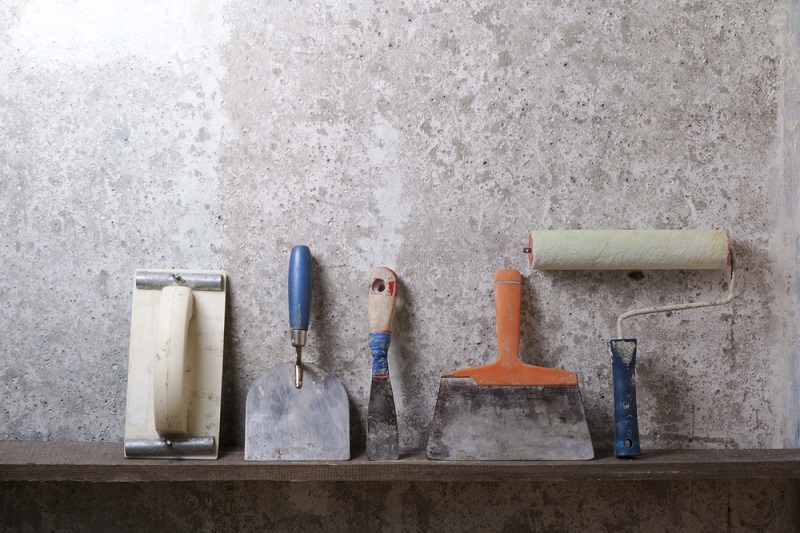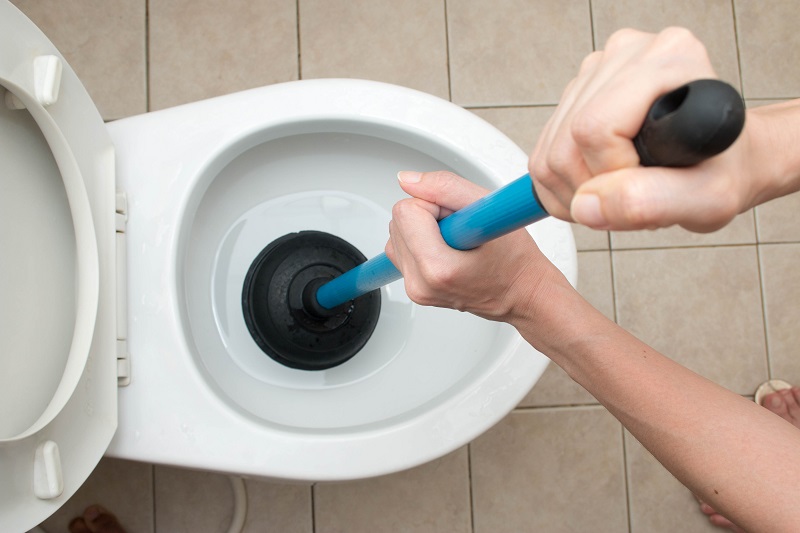At your home, a hot water system is among the ignored appliances that are taken for granted but have turned into an essential part of our everyday existence. These are depended on for the supply of hot water in homes. If you are planning to buy one, or replace one, you have various kinds of systems to pick from.
Different Types of Hot Water Systems That Are Available for You :
Solar
Now, this is the best way to save on expenses over the long-term, although the up-front expenses can be quite high. In case you can meet that initial investment, you can get the chance to save on your water heating expenses after 5-10 years.
The use of solar hot water systems Brisbane, in most cases, can ensure that most of the water usage for you is free of cost. A booster, such as electric, solid fuel or gas, can be the perfect alternative to cover you on cloudy days. It is also the best option for those who are conscious about the environment. So far, it is the kind of system that has the lowest impact on the environment. Solar water heater systems which are gas boosted can help you save the most in terms of energy. Based on the country that you are in, you might also be eligible for major rebates from the government.
Practicality and space are the two major problems other than space for the hot water systems Brisbane. You might not have the clearance or room to set up solar panels that face the proper direction. Thus, prior consultation and research is essential.
Gas
In case you do not have space or a roof to position a solar system in, the required budget or sunny environment, a gas-powered water heater system can be the best option for you. This is best for bigger homes that demand much more water. Gas-powered heaters obtain their fuel from:
- Natural Gas - Natural gas hot water systems Brisbane are ideal for those having gas piped directly to their home. It is the most practical and commonest method.
- LPG – This is another great option. It can be comparatively expensive to purchase individual tanks. Due to this reason, LPG systems are an option solely for those people who live in areas where electricity or natural gas are not available easily. It can be the best choice for properties located in some rural spaces, along with those who do not use much hot water.
Other than the fuel, both Natural Gas and LPG systems are similarly energy-saving and has a reduced impact on the environment. Both can make a solar hot water system more powerful in an efficient way.
Electric
This kind of hot water system is more or less obsolete, given that it has a lot of environmental impact, and the expenses to run them are quite high as well. In Brisbane, Australia, these types of hot water systems Brisbane have been banned effectively with the help of law. Today, these are largely in the stage of being phased-out.
These stand as a much better alternative to run of the mill electrical hot water systems Brisbane. These make the heating process more efficient, sucking in the natural heat from the adjoining environment. However, due to its nature, this kind of system is most assistive in hot regions, at least in those spaces where natural gas and LPG can be availed with ease. Keep in mind that this system will still need some amount of electricity for effective operations.

























